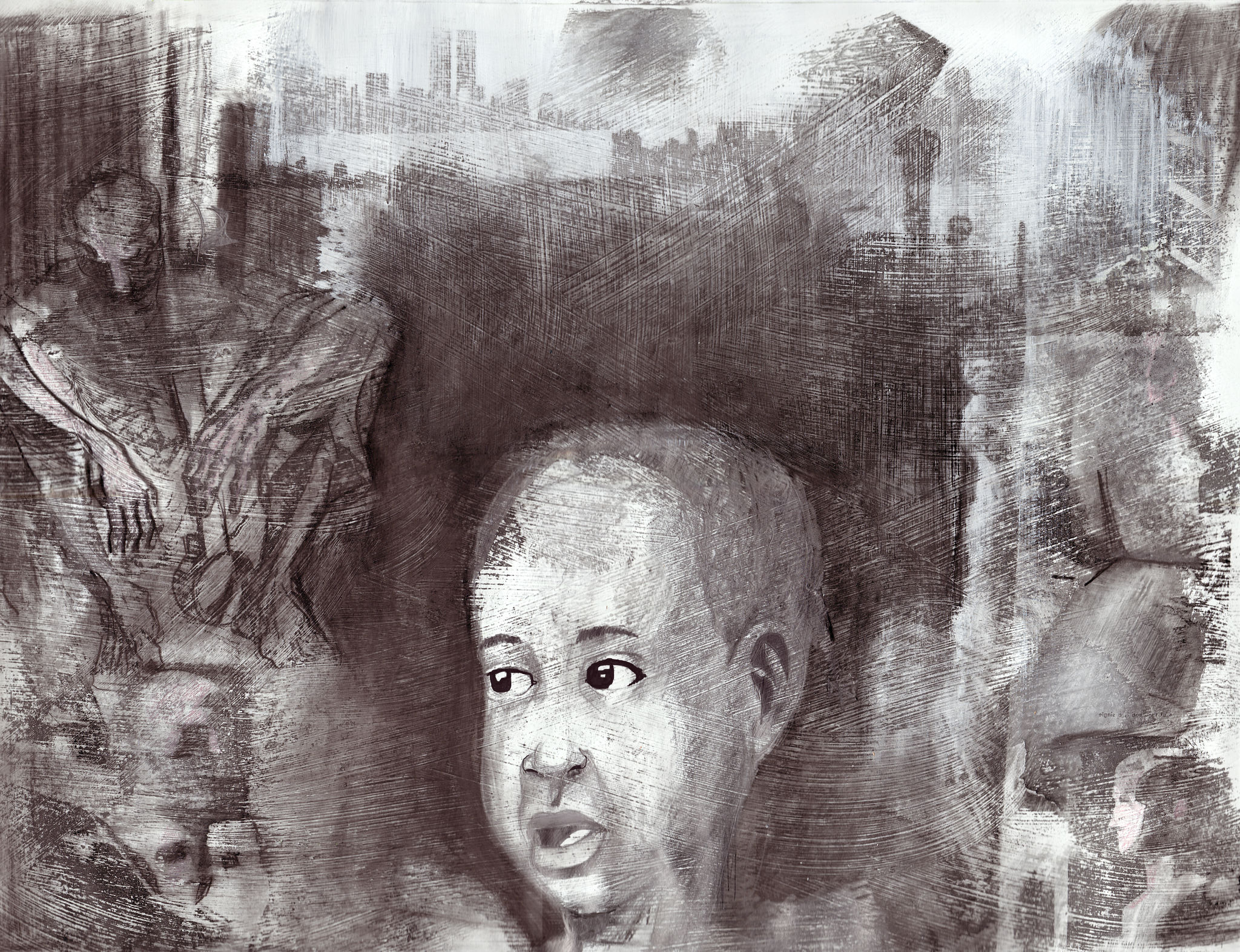From Street to Gallery: How Art for the Homeless Changes Lives
The Transformative Power of Art
Art has long been recognized as a powerful medium for expression, healing, and transformation. In recent years, initiatives focusing on art for the homeless have emerged, offering a unique platform for empowerment and change. By providing access to creative outlets, these programs are helping individuals transition from the streets to galleries, showcasing their talents and sharing their stories with the world.
The impact of these initiatives is profound. Participants not only gain a sense of purpose and accomplishment but also develop essential life skills that contribute to their personal growth. Art becomes a tool for self-discovery and a means to communicate experiences that are often difficult to verbalize.

How Art Programs Operate
Art programs for the homeless often operate in collaboration with local shelters, community centers, and non-profit organizations. These partnerships provide the necessary resources and support to create an inclusive environment where creativity can flourish. Participants are encouraged to explore various forms of art, from painting and sculpture to digital media.
Workshops and classes are typically led by professional artists and educators who volunteer their time and expertise. They guide participants through the creative process, offering mentorship and encouragement. This collaborative approach fosters a sense of community and belonging, which is crucial for individuals who have experienced isolation and hardship.

Building Confidence and Skills
Engaging in artistic activities helps build confidence and self-esteem, as individuals see their abilities recognized and appreciated. Creating art allows participants to set goals and experience the satisfaction of achieving them, which can be a powerful motivator for change.
Moreover, these programs often incorporate skill-building elements such as financial literacy, marketing, and exhibition planning. By learning how to sell their artwork or manage a small business, participants acquire practical skills that can help them achieve financial independence.

Successful Transitions from Street to Gallery
Many individuals who participate in these art programs have successfully transitioned from living on the streets to showcasing their work in galleries. This transition not only highlights their artistic talents but also challenges societal perceptions of homelessness. By sharing their stories through art, these artists contribute to a broader dialogue about homelessness, empathy, and resilience.
Success stories abound, with some participants even pursuing formal education in the arts or establishing careers in creative industries. These achievements underscore the potential for art to transform lives and open doors to new opportunities.
The Broader Impact on Society
Art for the homeless not only changes individual lives but also has a broader impact on society. By raising awareness and fostering understanding, these programs encourage communities to come together in support of those experiencing homelessness. They inspire empathy and challenge stereotypes, promoting a more inclusive and compassionate society.
As more people recognize the value of art as a tool for social change, these initiatives continue to grow, reaching more individuals and communities. The ripple effect of this movement is creating positive change on both a personal and societal level.

The Future of Art for the Homeless
Looking ahead, the future of art for the homeless is promising. With increased awareness and support from both public and private sectors, these programs are poised to expand their reach and impact. By continuing to innovate and adapt to the needs of their participants, they can offer new opportunities for creative expression and personal development.
Ultimately, art for the homeless serves as a testament to the resilience of the human spirit and the transformative power of creativity. It reminds us that everyone has a story worth sharing and talents waiting to be discovered.
